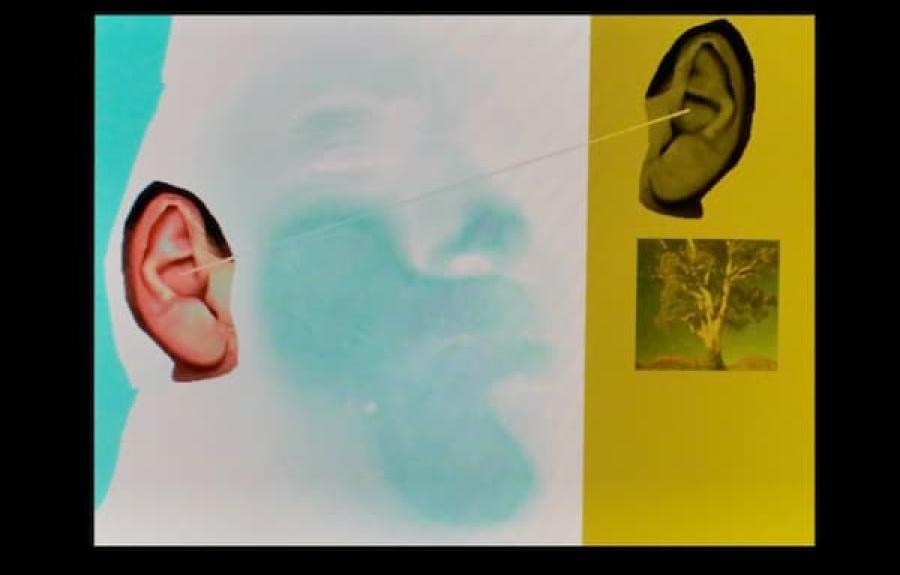The Society for the Humanities invites scholars to reflect this year upon the theme of “Sound: Culture, Theory, Practice, Politics” as a means of analyzing the resonance of historical and contemporary representations, movements, ideas, and negations of sound.
Representations of sound abound in visual, textual, and aural realms. Storytelling, poetry, music, theater, oral histories, political speeches, and noise find their way in and out of texts, images, and recordings as various kinds of sound travel through different media. From “voicing” to “listening,” sound shapes the framework of much critical and philosophical analysis of the body, affect, and social publics. How does sound function in establishing parameters of psycho-cultural imaginaries, social practice, religious ritual, and political regulation across the globe? How do manifestations of sound differ in the global context of capitalism and cosmopolitanism, not to mention the specificities of ethnic difference and cultural diversity?
How are "voice," “hearing,” and “listening” defined in various disciplines and in relation to aesthetic properties of the disciplines, such as meter, rhythm, montage, and amplification? What criteria are used for differentiating natural from artificial sounds? Does sound challenge disciplinary distinctions between the visual the oral/aural/tactile? Can the loud noises of industrial culture be distinguished from the synthetic sounds of electronic music, the stammerings of performance and philosophical manifestos, and the burps and sighs of the comics and cinematic sound tracks?
Beyond music's embodiment of sound as artistic form, applicants are welcome to consider the broader sense of sonic environments, the role of silence in private and public space and performance, and the ways in which sound underlies life itself (the “pink noise” of earthquakes and ocean currents) as well as the negative sense of pollution (environment) or weapon (torture and warfare). Possible topics might include the use of sound to mark the passage of time; the correlation of sound to the movement of the body in dance and performance; deafness and disability studies; the sonic promise of sonic cartographic projects of social movements and migrations. Of equal import are the cultural impact of the electronic and digital age and the harmonious collusion of the virtual and the visceral in internet-driven communities. Fellows might also consider sound's importance to visual studies, the cultural and ethnic specificity of acoustic fields and rhythms in the age of sampling and mixing, and the gender import of voice and spoken narrative.

